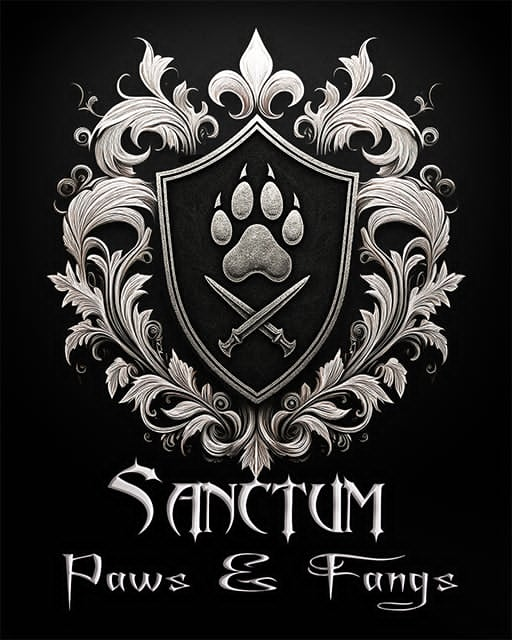Pet food labels love to brag about superfoods — blueberries, spinach, cranberries, kale. But here’s the truth: if it’s listed after salt, it’s less than 1% of the formula. At Sanctum Paws & Fangs, we teach pet parents how to read labels like royalty — and this rule is your crown jewel.
🧭 What Is the Salt Divider?
Salt (or sodium chloride) is added to pet food for flavor and preservation. It’s also a marker: anything listed after salt on the ingredient panel is present in less than 1% of the total recipe.
That means:
-
Blueberries after salt = marketing garnish
-
Cranberries after salt = trace amounts
-
Spinach after salt = not enough to matter
🛑 Why It’s Misleading
- Brands splash images of fruits and veggies on packaging
- They list them in the ingredients — but after salt
- You think you’re buying a superfood-rich formula
- In reality, it might contain half a blueberry in the whole bag
🧪 Common Salt Divider Offenders
|
Ingredient Panel Example |
What It Really Means |
|---|---|
|
Chicken, peas, sweet potato, salt, blueberries, spinach, kale |
Blueberries, spinach, and kale are less than 1% combined |
|
Turkey, lentils, salt, cranberries, pumpkin |
Cranberries and pumpkin are trace amounts |
✅ How SPF Curates Differently
We vet every product for:
-
Ingredient order integrity
-
No deceptive superfood claims
-
Whole food inclusion above the salt line
-
Transparency in sourcing and formulation
If it’s in the photo, it better be in the bowl.
🐾 Final Thoughts
Don’t let a blueberry on the bag fool you. At Sanctum Paws & Fangs, we believe in truth over trend. The salt divider is your secret weapon — and we’re here to help you wield it.









